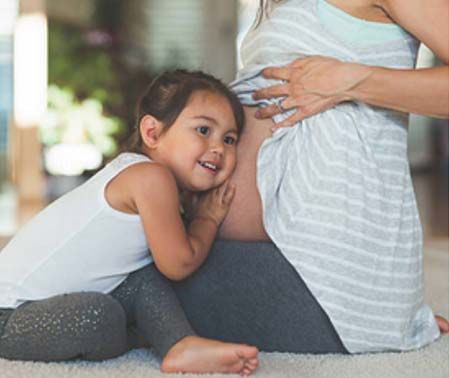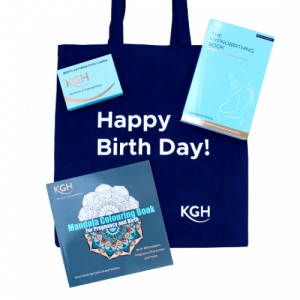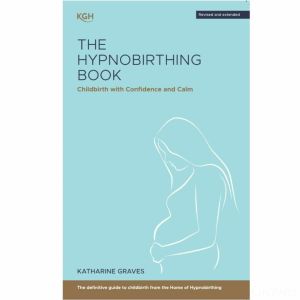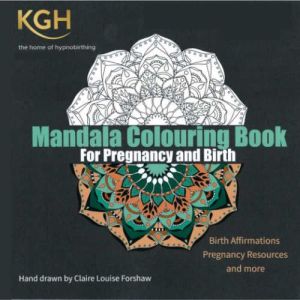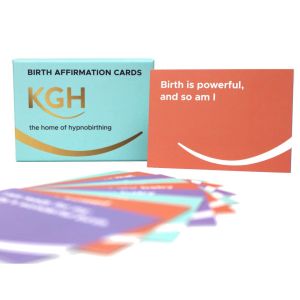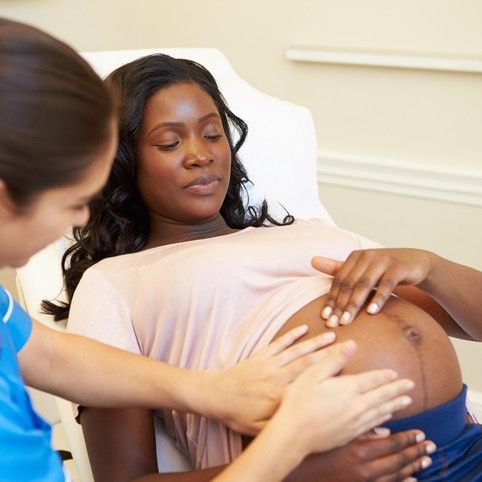
The discussion on the Jeremy Vine’s Radio 2 show today (Tuesday 28th January 2020) expressed various different views, most were from individuals talking about their personal experiences, all of which are valid. But let’s look at the facts.
For most women birth is the most agonising and painful experience of their lives. Healthcare professionals are kind people who want to relieve the pain. One of the ways of doing this is with an epidural.
Why are women requesting epidurals?
Maybe it would be worth looking at why an epidural has been requested by so many women. Epidurals are closely linked to the number of induced labours. Even the NICE guidelines say an induced labour is more painful and less efficient and has a large influence on the birth experience of women and babies. They also say that epidural analgesia is more likely to be requested in an induced labour.
Is induction of labour being used routinely without a medical reason?
Our anecdotal evidence consistently shows that women are being offered and/or pressured into having inductions unnecessarily. Induction has its place and is important if there is a medical reason, but on so many occasions we are seeing women being routinely induced for no medical reason.
So what are we doing to women and babies by inducing so many labours? Is it more of a fear of litigation by the medical professionals that they have to be seen to ‘do something’?
As reported in Rachel Reed’s ‘Why induction Matters’ (page 117) an Australian Study found that for first time mothers with an uncomplicated pregnancy, induction more than doubled the chance of an emergency caesarean section. The caesarean section rate was 12.5% for women in spontaneous labour compared to 26.5% for women being induced. The same can be said for assisted delivery by forceps or ventouse.
How is that affecting its first experience in the world and its ongoing development? Maybe we should think this through a little more carefully before we rush to coerce women into procedures that could lead to a cascade of interventions.
What if labour doesn’t need to be so painful?
What if labour doesn’t need to be so painful? What if it can be the most wonderful and empowering experience of a woman’s life as it is designed to be? This is in no way to belittle the experience of women who have been through trauma. The pain is very real, and a very large contributory factor is the over-medicalisation of birth, as stated in a statement by the World Health Organisation in 2018.
Is birth now a conveyor belt?
The whole system is stretched because time and money is being spent on unnecessary interventions. It is a conveyor belt system designed to process about three quarters of a million births each year as efficiently as possible. What women want is to be listened to and treated as individuals – in all areas of birth, not just when it comes to pain relief and epidural. At the moment it isn’t happening. There is a failure of the system, though individual practitioners working within the system are amazing and kind, and can be as frustrated by what is going on as much as the women in their care.
Changing the birth culture
We are striving to ensure we have a women-centric, no blame culture for childbirth. There is still along way to go. Women need to be listened too. Language used should not create fear, but should be positive and educational. Women need to educate themselves so they understand the pros and cons of the decisions they make, ensuring they make the right choice for themselves and their baby.
In KGHypnobirthing the norm is for women to have much more comfortable, shorter and sometimes pain free labour. This is how a woman’s body is designed to give birth. Yes, it really is. We see it every day.
So what are the best ways to have a more comfortable and efficient labour:
- Attend a KGHypnobirthing course (and hypnobirthing is a generic term so the quality of the courses varies considerably)
- Give birth at home – familiar surroundings help us feel relaxed so the body works better
- Give birth in water – the relief is said to be as effective as a dose of pethidine
- Learn to relax and positively focus the mind – this takes regular practice during pregnancy
- Position is really important – upright or on your hands and knees increases your pelvic capacity by up to 30%
Ideally have a known midwife who has cared for you throughout your pregnancy. This is quite rare in a hospital or birth centre birth on the NHS. It is a little more likely if you give birth at home where you may have got to know the small team of homebirth midwives. The only way to be sure of this is to employ an independent midwife. This is obviously expensive, but the service is priceless and the best money you ever spent.
Our aim at KGH is to make ourselves redundant because the amazing service we offer has become part of normal NHS practice. We have got a long way to go, but we’re working on it!
